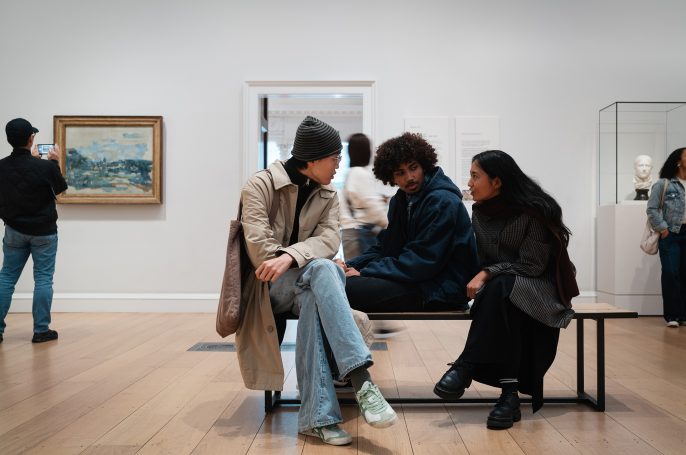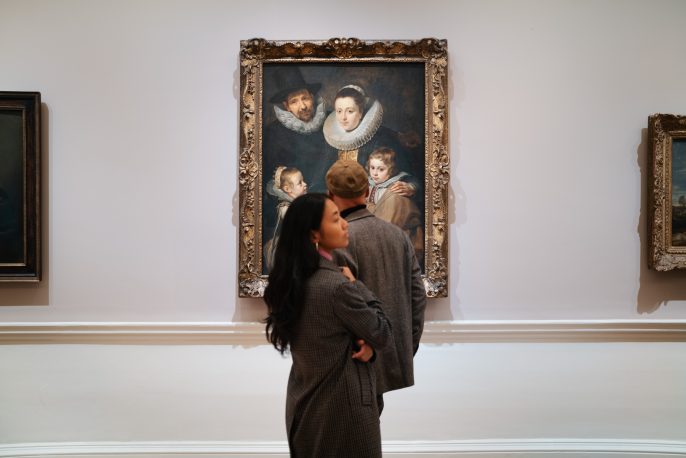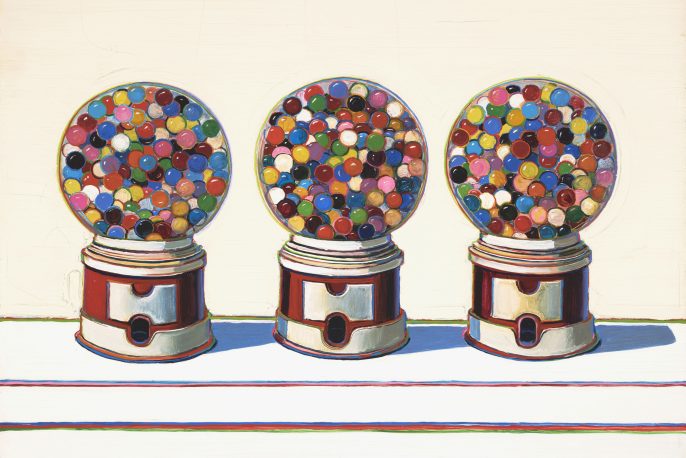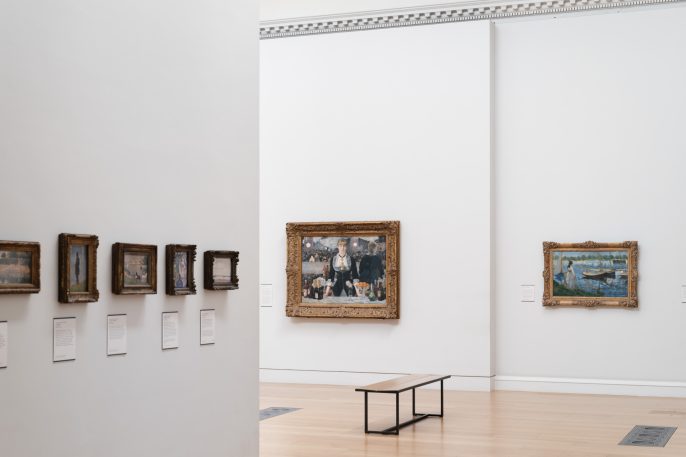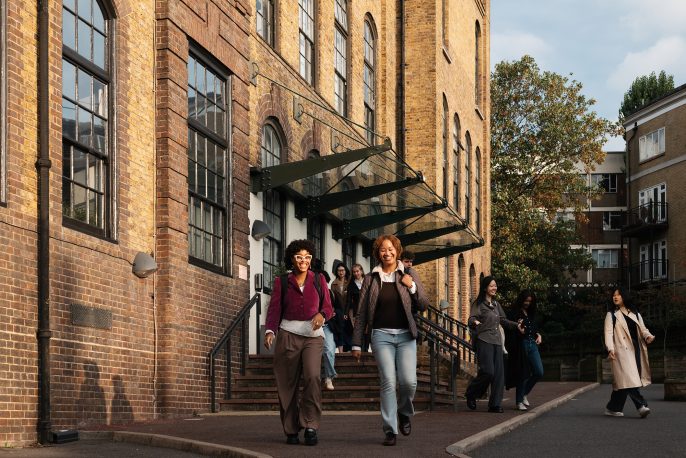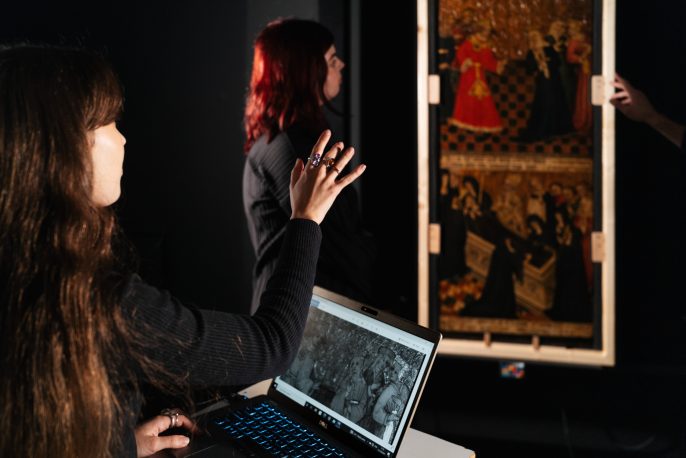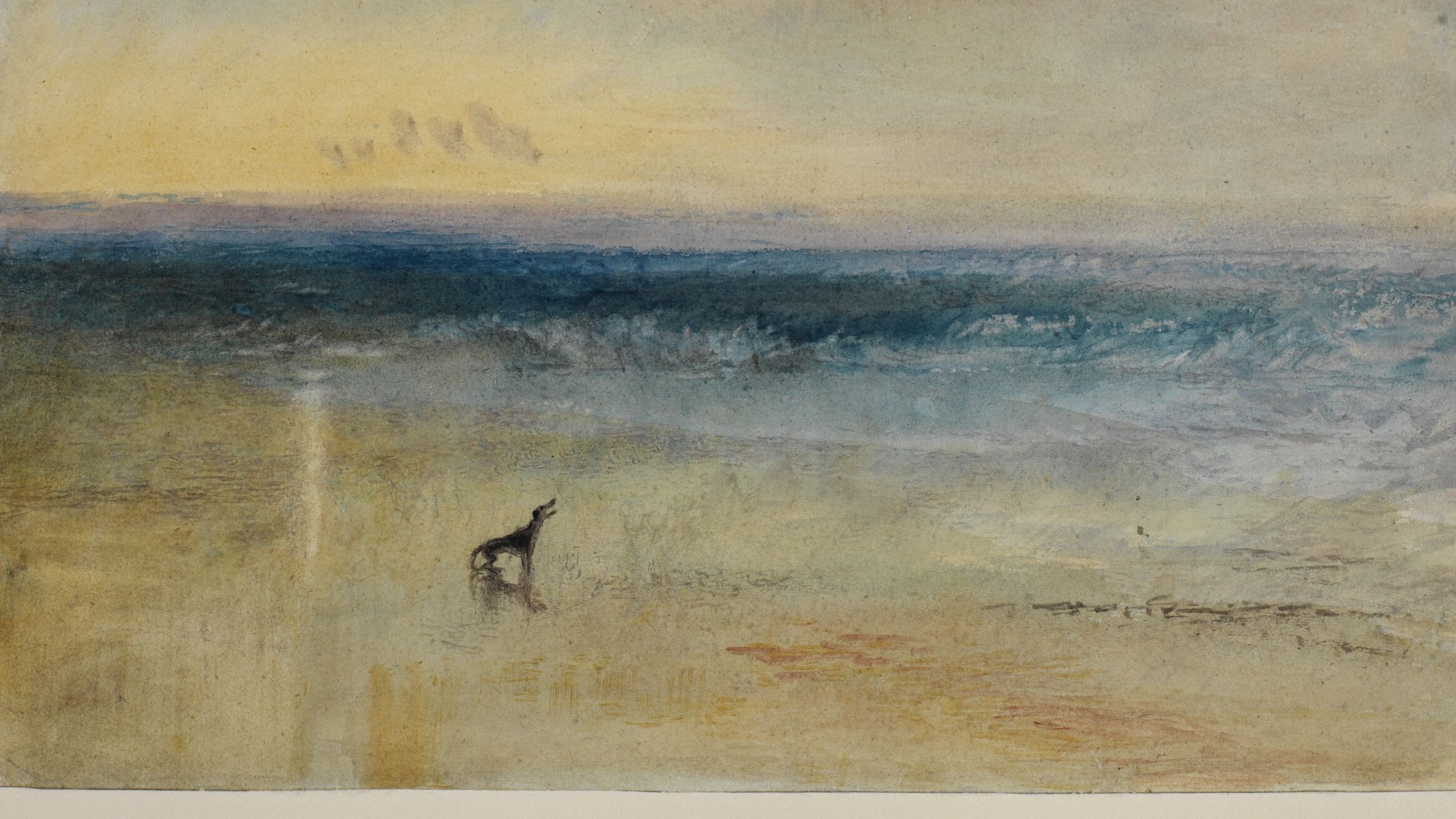
Ocean Tales – The Sea as Motif from the Eighteenth Century to the Present
Spring Term
On Campus: Tuesday 13 January to Tuesday 17 March
OR
Online: Wednesday 21st January to Wednesday 25 March
Inspired by the Courtauld Gallery’s Griffin Catalyst exhibition Seurat and the Sea (13 Feb – 17 May 2026), this series of 10 lectures explores significant ways in which the sea, and the seaside, have featured in art over the last three centuries. In this period the ocean played a central role, whether actual or symbolic, in important economic, political and cultural developments with whose legacies we live today: Imperialism, colonialism, and international trade; industrialisation; the rise of leisure and mass tourism.
Our lecturers will discuss depictions of the ocean, the seaside and of seafaring as a Romantic metaphor, in the art of Caspar David Friedrich for instance, and as an increasingly unstable symbol of human endeavour and national power. Several sea pieces by JMW Turner reference, and rival, the grandeur of seventeenth-century marine painting by artists like Willem Van der Velde and Claude Lorrain; some explore the ocean as a sublime experience of untameable and boundless nature; yet others are shot through with modern sensibilities about a society in flux, about industrialisation and the trans-Atlantic slave trade.
We shall examine the painted representation of ports and harbours, as protective or defensive structures and outposts of Empire, and, by way of art works from the latter part of the nineteenth century, explore the seaside both as a novel site of leisure and recreation, and as a source of artistic inspiration.
Modern artists were irresistibly drawn to the seaside in search both of a simpler life, and an artistic challenge, wrestling with ways to represent intense atmospheric effects, or elemental forces in the encounters between waves and shorelines. George Bellows was captivated by the drama of the rugged seashore of Maine, Monet by the golden haze of Antibes, Seurat by the “bright clarity” of France’s northern coast, Matisse and Dérain by the “different light” and “bright Mediterranean colours” of Collioure in the South. For Picasso, the shores of the Mediterranean were redolent of the abiding spirit of classical antiquity. The French Riviera, where he lived from 1946 until his death, inspired the mythological figures – the centaurs and minotaur, the fauns and nymphs – that pervade his paintings and prints, sculptures and painted ceramics from the 1920s and 30s, and from the late 1940s onwards. Piet Mondrian, by contrast, was neither captured by the seaside’s atmospheric effects nor its mythological appeal; rather the sea became a central motif in his concept of ‘Neoplasticism’, i.e. in the evolution of his work towards abstraction.
More recently, artists like Lubaina Himid, Frank Bowling, John Akomfrah, Ellen Gallagher, and El Anatsui have addressed the bitter legacies of extractive European imperialism and colonialism, exploring the middle passage in the trans-Atlantic slave trade, and the sea as battleground in the fight for colonial pre-eminence or as (often desperate) escape route for migrants and exiles.
Another major subject of recent art is the catastrophic environmental pollution of the ocean and the impact this threat on a vital ecosystem has on our survival. Documentary-style photographers like Chris Jordan and Pam Longobardi, among others, have captured the terrible beauty of the bright plastic waste choking our seas and beaches. Others have been making art works from that same plastic waste – George Nuku’s installation Bottled Ocean (2123), for instance, for the National Museum of Scotland exhibition Rising Tide: Art and Environment in Oceania (Aug 2023 – Apr 2024) created a memorable future underwater world made from single-use plastic
Course Delivery Details
This programme is delivered both on campus and online.
On-campus course delivery: lectures take place at our Vernon Square campus at 19:00, followed by discussion and drinks. Pre-course and further reading, and handout materials are available on our Virtual Learning Environment.
Online course delivery: this online lecture series consists of pre-recorded lectures, released weekly over 10 weeks, each available from the date of release until the end of the course, plus one week; pre-course and further reading, handout materials and a discussion forum are available on our Virtual Learning Environment; live discussions of each lecture take place via Zoom on Wednesdays at 20:00 [London time].
Speakers: Harvey Shepherd, Dr Anne Grasselli, Nicola Moorby, Dr Will Atkin, Dr Karen Serres, MaryAnne Stevens, Dr Charlotte de Mille, Dr Matthew Holman, Dr Bergit Arends
Moderator: Dr Anne Puetz
N.B. In the EU new VAT rules for online courses came into effect. This means that since 1 January 2025 we are required to charge EU participants their local VAT rate. VAT-inclusive prices for EU students will be displayed at check-out under ‘View concessions/discounted tickets.’
If you have any questions please email us at short.courses@courtauld.ac.uk
